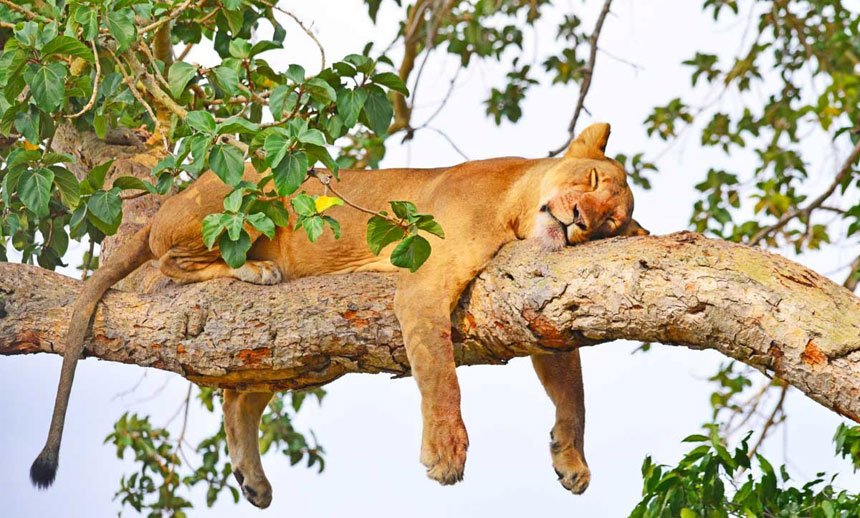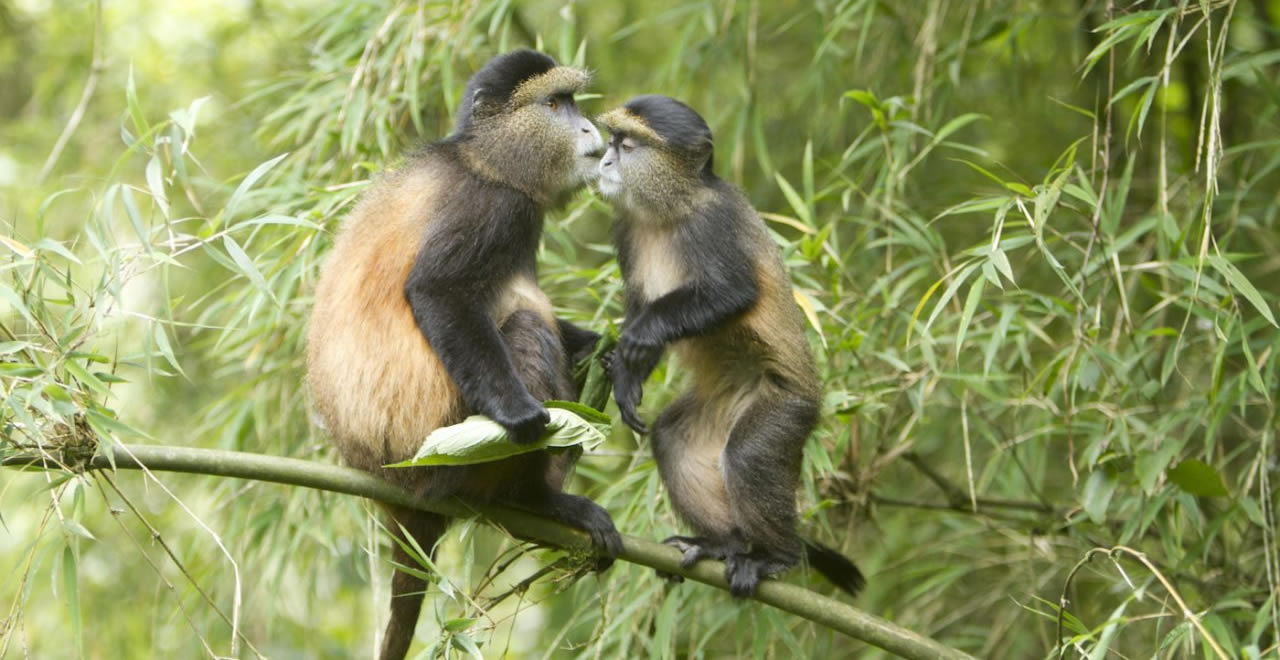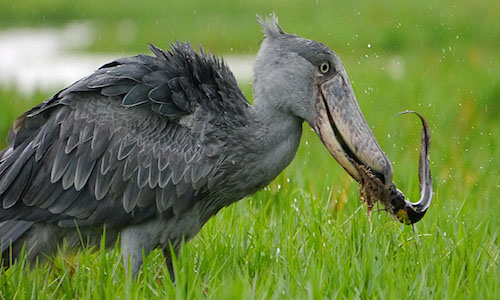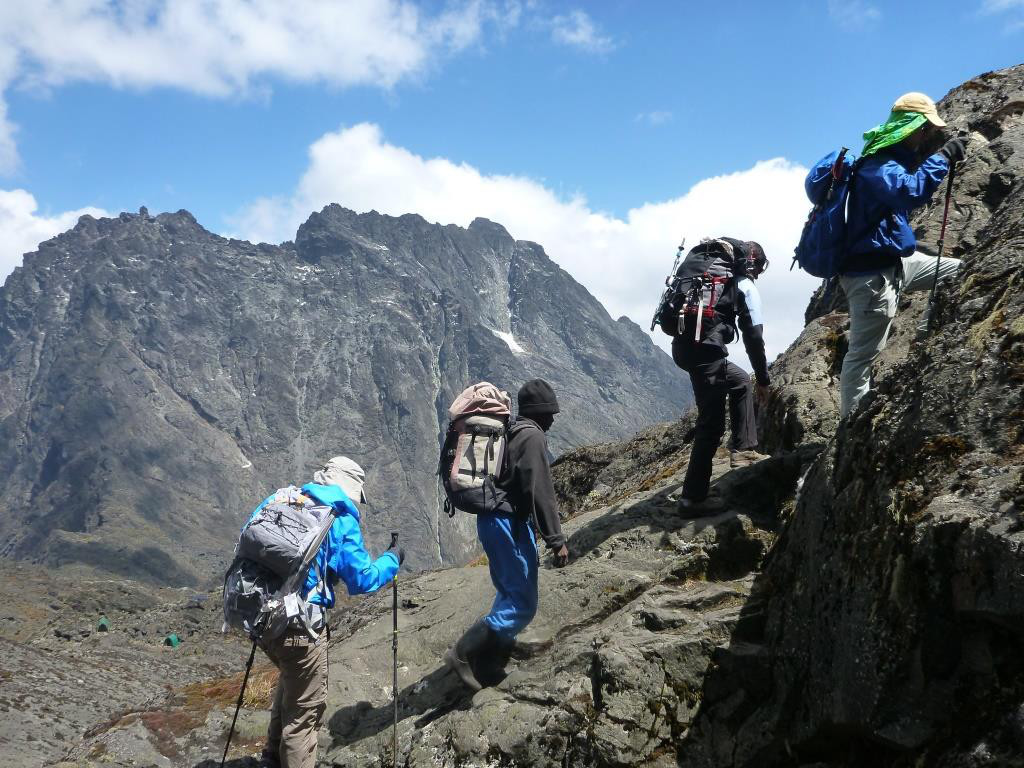Tarangire National park is one of the largest parks in Tanzania occupying an area of 2600 Sq. Km. It is known to have a wide variety of wild life species and amazing accommodation facilities for tourists.
The park is located via a short drive from Arusha, and it’s also found in close proximity to some destinations such as Lake Manyara National Park. Its name derived from River Tarangire which crosses through the park. Different wildlife species drink from the river which is a primary source of water for the animals especially during the dry season.
Tarangire has some of the highest elephant populations in the country. During peak migration from July to October, around 5,000 of these elephants will migrate to Tarangire – you can sometimes see groups of up to 300 elephants at once.
It’s not just elephants that migrate across these plains. You will also find plenty of other mammals including lions, zebras and antelopes.
The vast grasslands and Baobab trees create a rugged, ‘Out of Africa’ feel that’s quite distinct amongst Tanzania’s national parks.
The Best Time to Visit Tarangire National Park
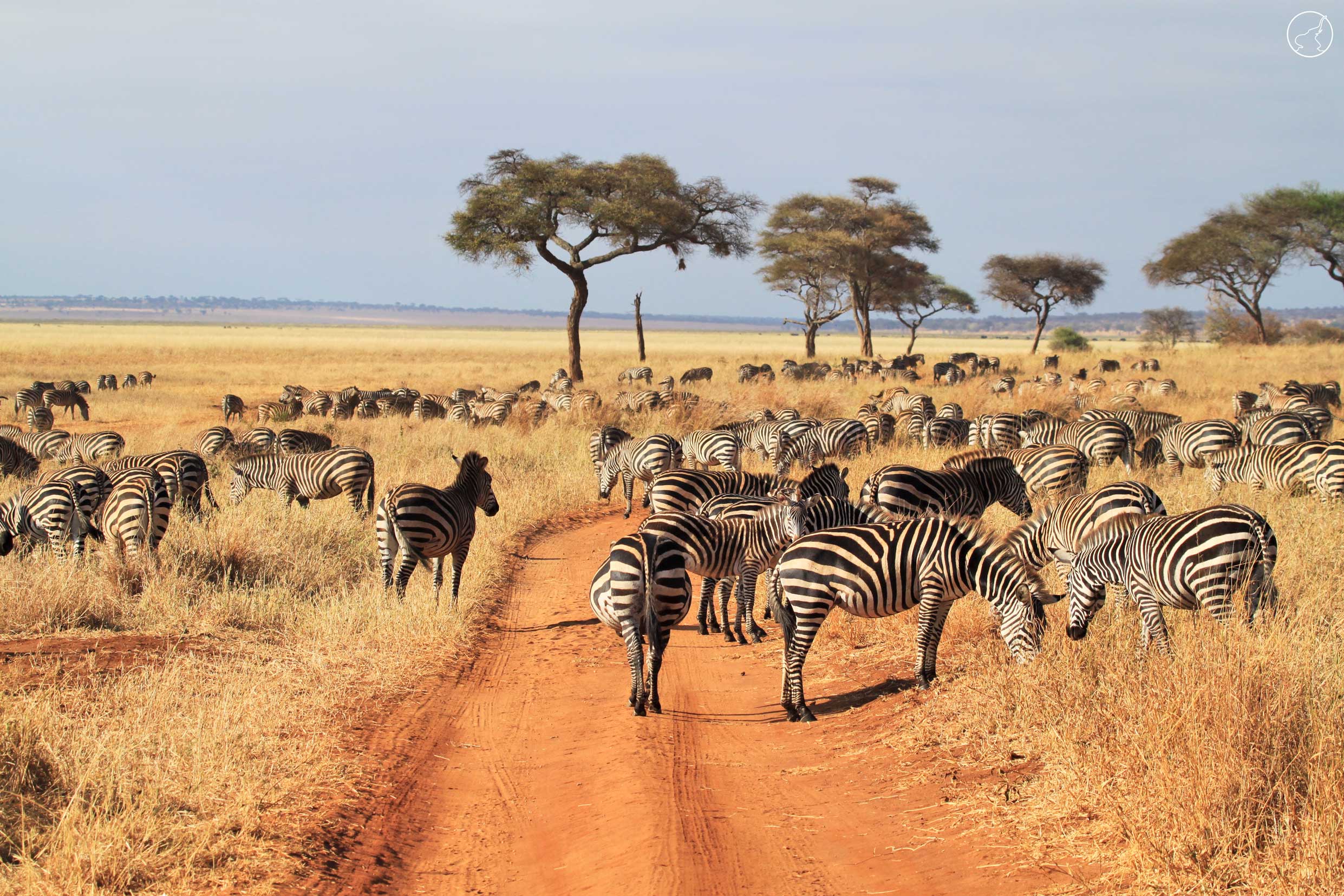
The best time to visit Tarangire National Park is during the dry season from June to October. These are the best months for wildlife due to migratory patterns, and the short grasses make game viewing even easier.
The animals flock towards the Tarangire River for water, allowing for easy sightings.
In order to see the big herds of elephants, you’re required to visit the park towards the latter period of the dry season (September/October).
November can be especially cheap, as it is out of peak season but tends to still be quite dry before the short rains hit. The low season, from late November to May, is great for bird watching as the area is wet, green and luscious.
Location of Tarangire National Park
Tarangire National park is located in Northern Tanzania, just South of Lake Manyara National Park and a short drive from Arusha. Tarangire is a popular stop for visitors traveling through the Northern Tanzanian safari circuit on their route to Ngorongoro and the Serengeti because it’s little off the beaten path. The park is divided into two gem controlled zones with wildlife moving freely throughout.
The park is also situated between the Masai steppe meadows to the South East and the Great Rift Valley lakes to the North and the West. The permanent River Tarangire is located in the Northern portion of Tarangire which is recognized as the park lifeline especially during the dry season when most of the region is completely dry.
Tarangire National Park Weather and Climate
The climate in Tarangire National Park is pleasant and temperate. The “Long rains” March-May and “Short rains” November-December are the only two wet Seasons. It usually rains in the afternoon and only very rarely throughout the day. It rarely gets too hot but it does become chilly in the evenings, and mornings. Here warm clothing is advised morning game drives.
June, July, August, September and October are the dry month. The temperature in the afternoon is 26⁰c (79⁰c F). The days are clear and the sky is tranquil. It cools down at night with temperatures around 14 degrees Celsius (57⁰c F).
Facts about Tarangire National Park
- Tarangire has some of the highest elephant populations in the country. During peak migration from July to October, around 5,000 of these animals will migrate to Tarangire – you can sometimes see groups of 300 elephants at once.
- The vast grasslands and Baobab trees create which creates a rugged, ‘Out of Africa’ feel that’s quite distinct amongst Tanzania’s national parks.
- It is only a short drive from Arusha on tarmac roads, making for a relatively easy-going journey, and perfect for a short safari of one or two days after a Kili hike or other safaris across Tanzania.
What to do and see in Tarangire National Park
Game drives and walking tours
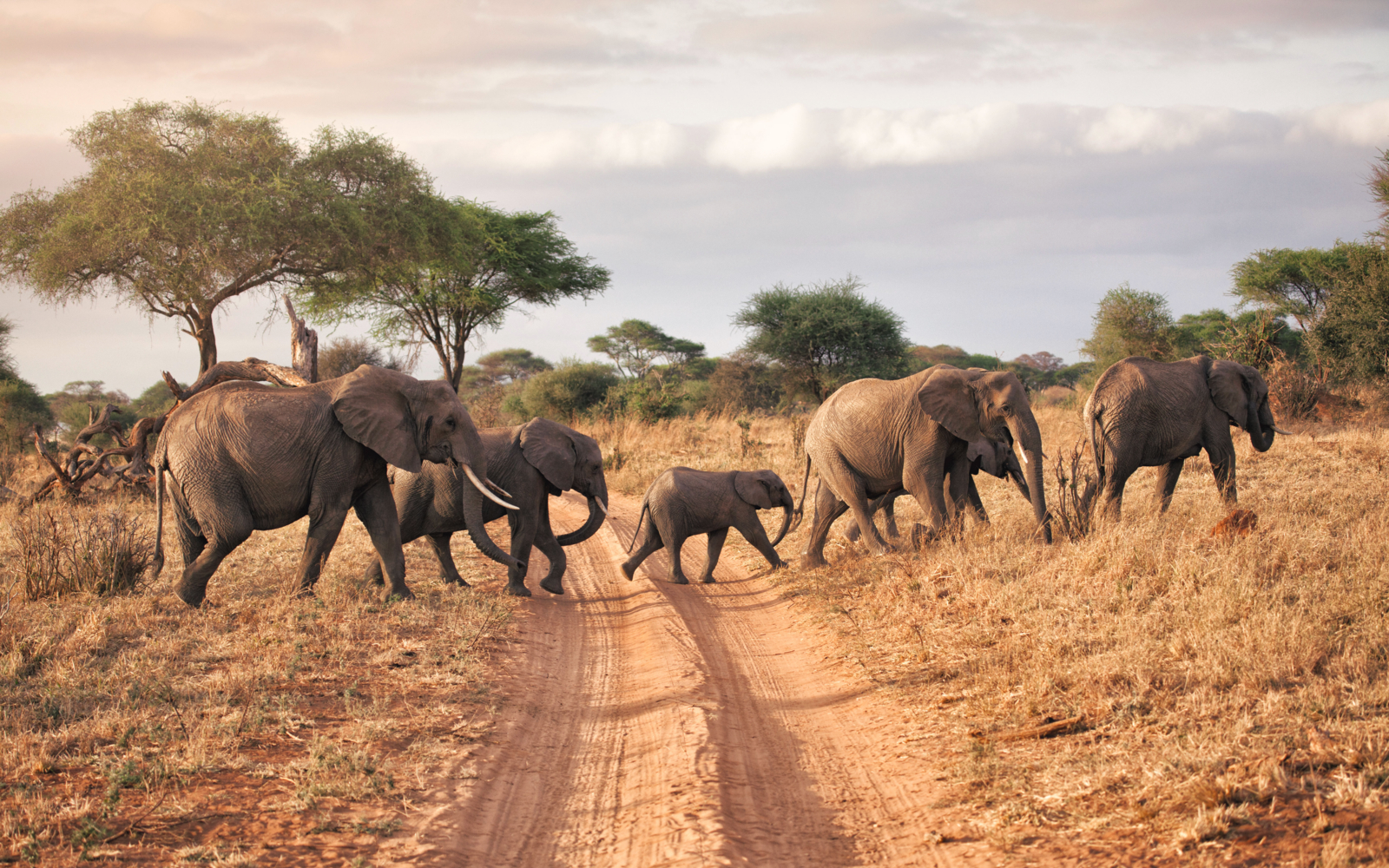
Tarangire national park offers to visitors a wide range of animal species i.e. here visitors can be able to spot the largest herd of elephants at times of around 300 of them moving in a single group which makes it one the parks with the high density of elephants in Tanzania. Having s game drive here if you live outside the park boundaries you might be able to enjoy walking tours as well and night safaris. Currently Oliver’s Camp organizes walking tours as well as fly camping safaris.
Night game drives
You may wonder, here night game drives are allowed in Tarangire? Well Night Game Drives are allowed in the park however, not all accommodations offer these tours. Only those that have properly established all the requirements and regulations offered by TANAPA such as Swala and Oliver’s camp are allowed to conduct these drives.
Tarangire Balloon Safaris
On joining a hot air balloon ride over the Tarangire as you soar over the treetops of the park to enjoy an exceptional perspective of wildlife like lions and other wildlife below you at a glance.
Bird watching
Bird watching is one of the most popular activities done at Tarangire National park; here the park records more than 500 bird’s species which are ideal to most of the avian lovers. The park harbors several dry-country bird species at the extremity of their range, such as the northern pied babbler and vulturine guineafowl. On visiting Tarangire you should opt for the wet season which February to March which is more preferably the best time for birding in a year. This will definitely reward you an interesting experience of a life time.
For a sample itinerary, refer to our 2 days Tarangire Safari package.


